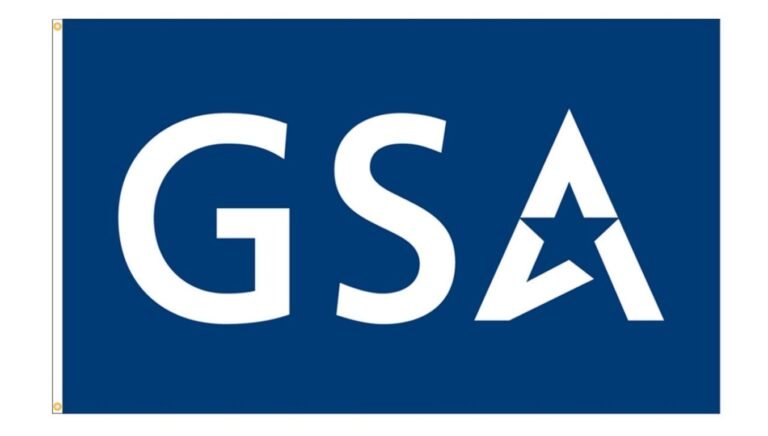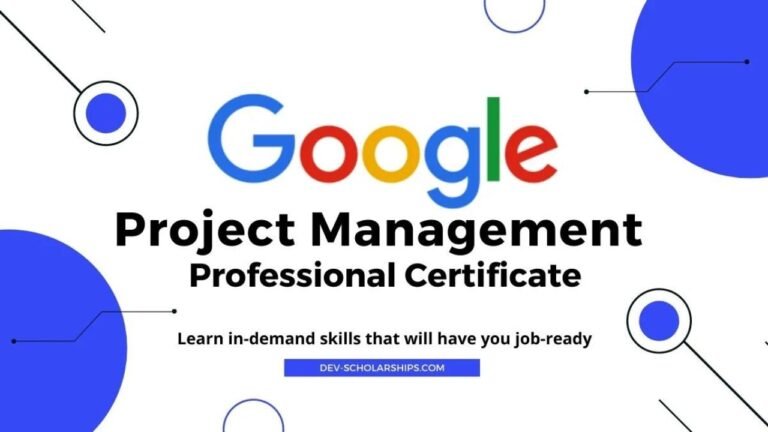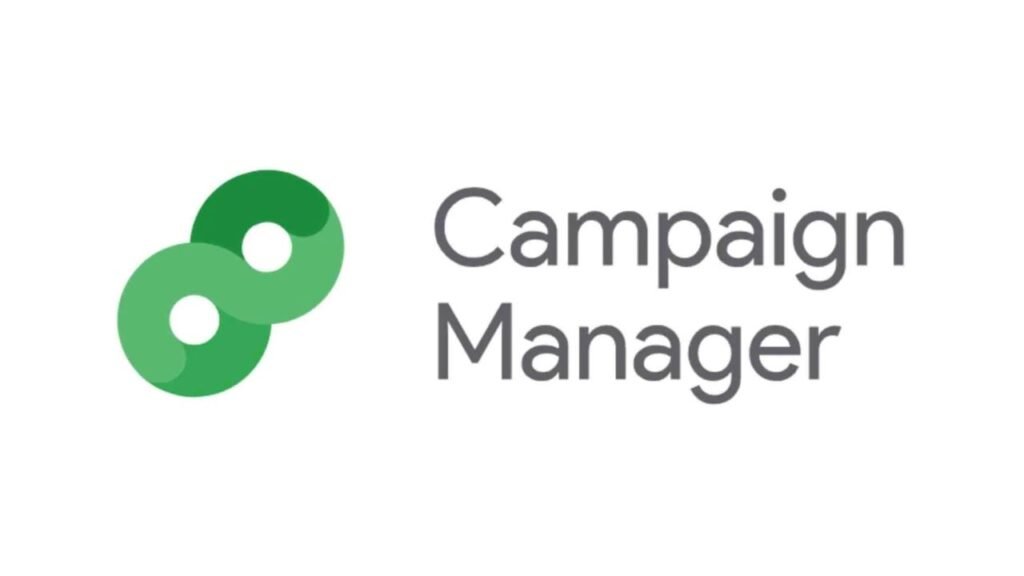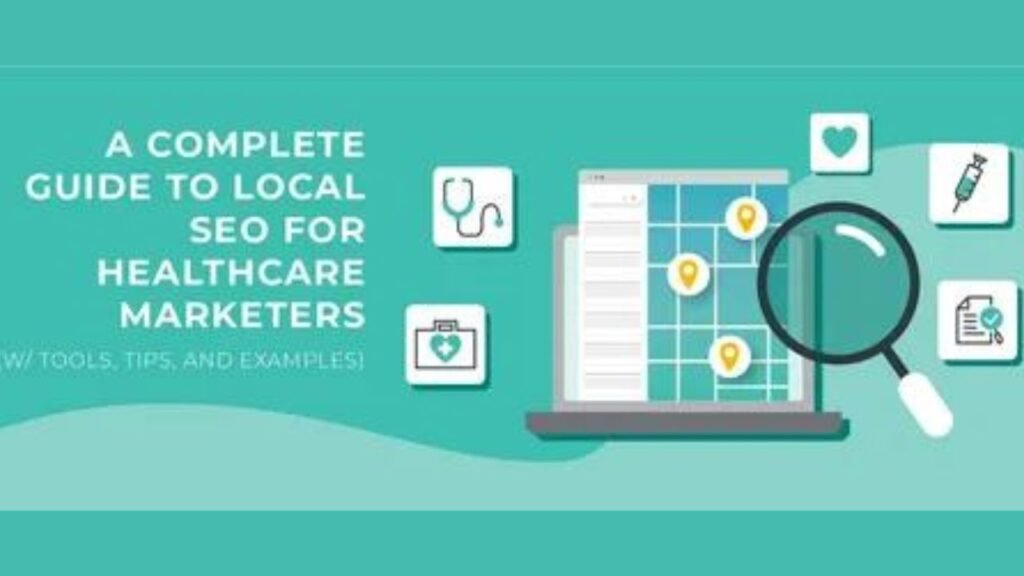An example of an organizational process asset includes established policies, procedures, and guidelines that provide a framework for efficient operations. Additionally, knowledge repositories, project management tools, and templates help streamline processes and improve productivity within an organization.
Finding Organizational Process Assets
Finding organizational process assets involves identifying key resources that support the efficiency and effectiveness of an organization’s operations. These assets include policies, procedures, templates, and knowledge repositories. To locate them:
- Review company documents, databases, and shared drives.
- Collaborate with colleagues to uncover hidden assets and learn from their experiences.
- Evaluate historical data, such as past project records and lessons learned, for valuable insights.
- Examine current project management tools and communication plans for potential process assets.
By systematically searching these sources, organizations can leverage process assets to enhance productivity, streamline workflows, and improve overall performance.
Types of Organizational Process Assets
Organizational process assets (OPAs) encompass a range of resources that contribute to efficient operations. These include policies and procedures, which offer a framework for decision-making and consistency historical information and lessons learned to guide future projects. Knowledge repositories store essential data and insights.
Templates and forms standardize documentation for smooth operations. Project management tools help track progress and allocate resources effectively. Standards and guidelines ensure quality and compliance across the organization.
Communication plans facilitate clear interaction and collaboration among team members. Together, these OPAs play a crucial role in maintaining productivity and achieving organizational goals.
Project Management Processes
Project management processes are the backbone of any successful project. They include established methodologies for planning, executing, and controlling projects. By following these tried-and-true processes, your team can ensure that projects are completed on time and within budget.
Templates and Guidelines
Templates and guidelines provide a consistent approach to tasks and projects. From project charters to risk management plans, having standardized templates ensures that everyone is on the same page. By providing a framework for your team to follow, it reduces the risk of errors and saves time.
Lessons Learned and Historical Information
Lessons learned and historical information are vital for an organization’s growth and success. This data comprises experiences from past projects, capturing successes and challenges.
By analyzing this information, organizations can improve processes, avoid repeating mistakes, and make informed decisions. It serves as a valuable reference for planning and executing future projects, contributing to efficiency and productivity.
Additionally, sharing lessons learned fosters a culture of continuous improvement and knowledge sharing. Teams can apply best practices and innovative solutions based on previous experiences. Overall, leveraging lessons learned and historical information helps organizations adapt and thrive in a constantly changing environment.
Knowledge Bases
Knowledge bases house valuable information and insights that can be referenced across projects. They include everything from best practices to industry-specific knowledge. Having access to this centralized repository helps teams solve problems and innovate more effectively.
Benefits of Organizational Process Assets
Organizational process assets (OPAs) offer numerous benefits to organizations. They streamline operations through standardized policies and procedures, promoting efficiency and consistency.
OPAs provide historical data and lessons learned, enabling informed decision-making and avoiding past mistakes. Knowledge repositories offer quick access to vital information, enhancing productivity.
Additionally, project management tools and templates simplify planning and execution, leading to successful project delivery. Communication plans and training materials facilitate effective collaboration and employee development.
Overall, leveraging OPAs enhances an organization’s performance, productivity, and growth by providing a structured approach to managing processes and resources efficiently.
Improved Efficiency
Process assets help streamline workflows and reduce redundancy by providing standardized processes and templates. This efficiency allows teams to focus on delivering high-quality results rather than getting bogged down in administrative tasks.
Enhanced Consistency
Consistency is key to delivering reliable results. Process assets ensure that teams follow a uniform approach across projects, leading to more predictable outcomes and higher-quality work.
Better Decision-Making
Access to historical data and lessons learned empowers teams to make informed decisions. By understanding what has worked in the past, teams can navigate challenges with greater confidence and accuracy.
Risk Mitigation
Organizational process assets play a critical role in identifying and mitigating risks. Established risk management processes and access to historical data allow teams to proactively address potential issues, reducing the impact on projects.
Examples of Organizational Process Assets

Organizational process assets (OPAs) are resources and tools that streamline operations and improve efficiency. Examples include:
- Policies and Procedures: Established guidelines for employees, such as HR policies and financial protocols.
- Historical Information: Data from past projects helps inform future decisions and strategies.
- Knowledge Repositories: Centralized databases with manuals, research, and other vital information.
- Project Management Tools: Templates, checklists, and software that support project planning and execution.
- Communication Tools: Plans and strategies for effective stakeholder engagement and collaboration.
These assets enhance productivity and guide consistent practices across the organization.
Project Management Templates
Project management templates, such as project charters, schedules, and budget templates, are widely used to provide a consistent framework for projects. These templates help guide teams through each stage of a project, ensuring all necessary steps are taken.
Knowledge Repositories
Knowledge repositories store valuable information for teams to access when needed. For example, an IT company might maintain a repository of troubleshooting guides for different software systems. This resource helps support staff resolve issues quickly and efficiently.
Historical Project Data
Historical project data, such as timelines and budgets from past projects, provide valuable insights for future planning. By analyzing this data, teams can identify trends and make more accurate projections for upcoming projects.
Organizational Process Assets Explained
Organizational process assets (OPAs) play a pivotal role in ensuring a business’s success. These assets encompass established policies, procedures, and knowledge repositories that guide decision-making and daily operations.
Templates, checklists, and project management tools streamline tasks, enhancing efficiency and productivity. Historical information and lessons learned provide valuable insights for future projects.
Additionally, communication plans and stakeholder engagement strategies promote clear interactions across departments. By leveraging OPAs, organizations maintain consistency, adhere to standards, and improve overall performance. In essence, OPAs form the backbone of efficient operations and strategic decision-making in any business.
Policies and Procedures
Policies and procedures serve as a foundation for any organization. They provide a clear framework for employees to follow, ensuring consistency and efficiency. Examples include HR policies, financial procedures, and safety protocols. These guidelines help in decision-making and maintain a standard across the organization.
Historical Information and Lessons Learned
Historical information and lessons learned are valuable assets for any organization. These consist of past project data, best practices, and experiences that can inform future decisions.
By reviewing past successes and challenges, organizations can avoid repeating mistakes and enhance strategies. Analyzing historical information helps refine processes and improve project outcomes.
It also aids in risk management and enhances overall performance. Documenting lessons learned allows teams to share knowledge and foster a culture of continuous improvement. By leveraging this knowledge base, organizations can adapt to changing environments and achieve long-term success.
Knowledge Repositories
Which Is An Example Of An Organizational Process Asset, A knowledge repository is a centralized database where an organization stores various types of information, such as documents, manuals, and research materials. These repositories enable employees to access information quickly, leading to better productivity and problem-solving.
Project Management Tools
Project management tools, such as templates, checklists, and software, are key OPAs. They streamline project planning, execution, and tracking, helping teams work efficiently and deliver projects on time and within budget.
Standards and Guidelines
Which Is An Example Of An Organizational Process Asset, Standards and guidelines are established criteria that guide how work should be conducted. Examples include industry standards, quality control measures, and compliance regulations. These ensure that the organization adheres to external requirements and maintains quality in its products and services.
Configuration Management
Which Is An Example Of An Organizational Process Asset, Configuration management involves tracking changes in an organization’s systems, processes, and products. By maintaining a record of these changes, organizations can ensure stability and traceability. This practice helps manage risks and implement new technologies effectively.
Communication Tools
Which Is An Example Of An Organizational Process Asset, Effective communication is vital for any organization’s success. OPAs in this area include communication plans, stakeholder engagement strategies, and collaboration platforms. These assets facilitate smooth information flow across different levels and departments.
Templates and Forms
Which Is An Example Of An Organizational Process Asset, Templates and forms are standardized documents used across the organization. They ensure uniformity in documentation and reporting. Examples include meeting minutes templates, project briefs, and budget reports. These tools save time and increase productivity.
Training and Development Materials
Training and development materials are essential resources that support employee growth and skill enhancement. These materials include training manuals, online courses, and certification programs that help employees acquire new knowledge and improve their expertise.
By investing in high-quality training resources, organizations foster a skilled workforce that can adapt to changing industry demands. Such development materials also contribute to employee satisfaction and retention by offering opportunities for professional growth.
Well-designed training and development materials play a crucial role in building a capable, motivated, and productive team within an organization.
What Are Organizational Process Assets (OPAs)

Organizational process assets (OPAs) encompass the collective expertise and documented processes that an organization gathers and leverages to boost its efficiency, performance, and decision-making. OPAs can be thought of as the company’s institutional memory, encompassing lessons learned, best practices, and historical data.
These assets encompass policies and procedures, project documentation templates, performance records, and the organization’s culture. Companies utilize this toolkit to empower teams and approach opportunities with a well-informed perspective.
Just as an experienced chef uses a curated collection of recipes, methods, and ingredients to craft a culinary masterpiece, an organization uses OPAs to develop effective strategies, streamline workflows, and draw insights from past successes and challenges.
OPAs are unique to each organization, reflecting its specific industry and operational environment. For instance, a car dealership’s OPAs will differ from those of a digital marketing agency due to their distinct business landscapes and custom processes.
Examples of OPAs include:
- Risk templates
- Standardized guidelines
- Organizational standard processes
- Proposal evaluation criteria
- Project closure guidelines
- Work breakdown structure templates
- Project files
- Project schedule network diagram templates
- Lessons learned and historical databases
- Process measurement databases
- Change control procedures
- Financial control procedures
- Historical records of projects
Categories of Organizational Process Assets (Plus Examples)
Which Is An Example Of An Organizational Process Asset, Organizational process assets (OPAs) are categorized into two main groups: processes and procedures and corporate knowledge bases.
Processes and procedures include formalized policies such as HR protocols, quality standards, and project management guidelines. These provide consistency and efficiency in operations.
Corporate knowledge bases encompass databases of historical data, lessons learned, and best practices. These resources help in informed decision-making and risk management.
Examples of OPAs include training manuals, project templates, communication plans, and stakeholder engagement strategies. Effectively utilizing these assets enhances organizational productivity and performance.
Conclusion
Organizational process assets are invaluable resources that provide structure, consistency, and efficiency to an organization’s operations. By leveraging these assets, teams can enhance decision-making, mitigate risks, and improve overall project management. Whether it’s templates, lessons learned, or knowledge bases, investing in and utilizing these process assets is a smart move for any organization looking to thrive in a competitive landscape.
FAQ
What is an Example of an Organizational Process?
Therefore, common examples of organizing processes that companies can use in management include creating new products, fulfilling client orders, and providing customer service. Other options, such as resource allocation and decision-making, are less evident but just as genuine.
Which of the following is an Organizational Process Asset?
Which of the following is not an Example of Organizational Process Assets?
Infrastructure is not considered an organizational process asset. The PMI considers the infrastructure to be an enterprise environmental factor that is outside the control of the project team.
What are the Operation Process Assets?
Think of OPAs as the institutional memory of a company from lessons learned, best practices, and historical data. These assets include policies and procedures, plus templates for past project documentation, performance records, and organizational culture.
What are the Two Categories of Organizational Process Assets?
Organizational Process Assets manifest in two forms: processes and procedures and corporate knowledge bases. Use your organizational process assets to understand policies, guidelines, and requirements, in other words, what you are obligated to do on your project.



































